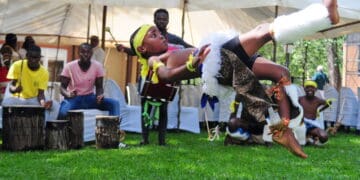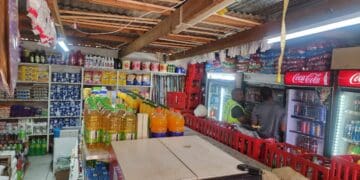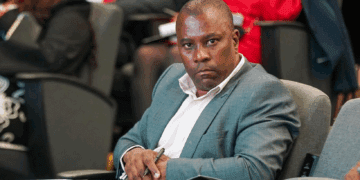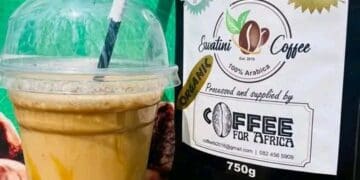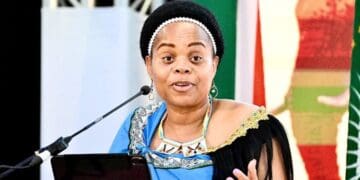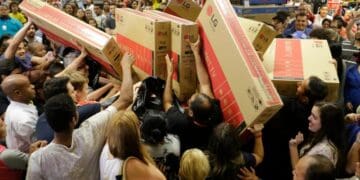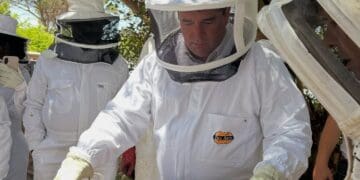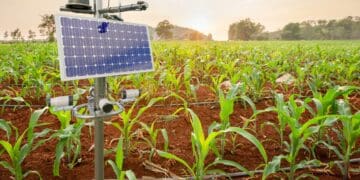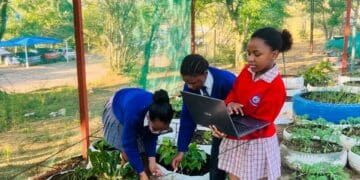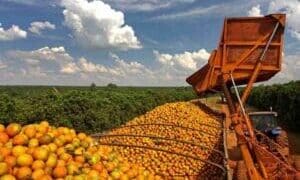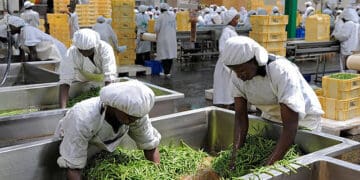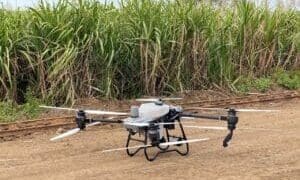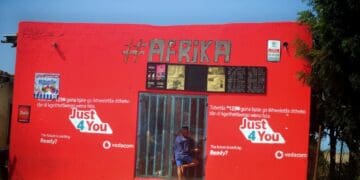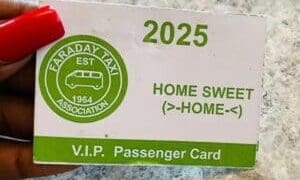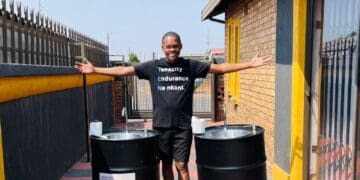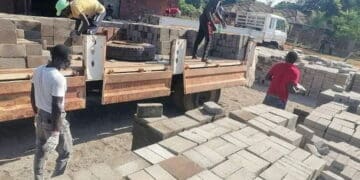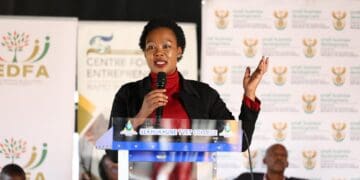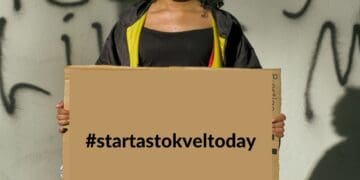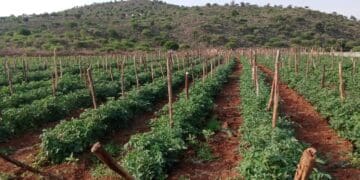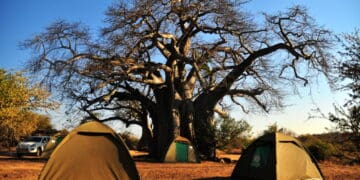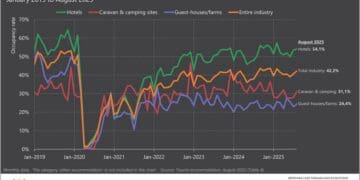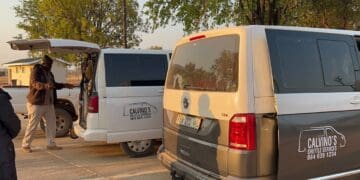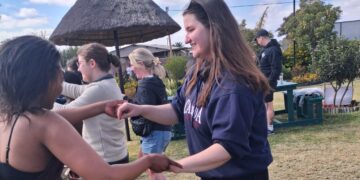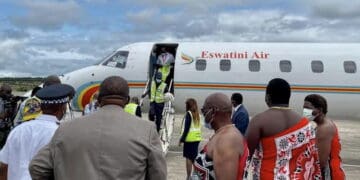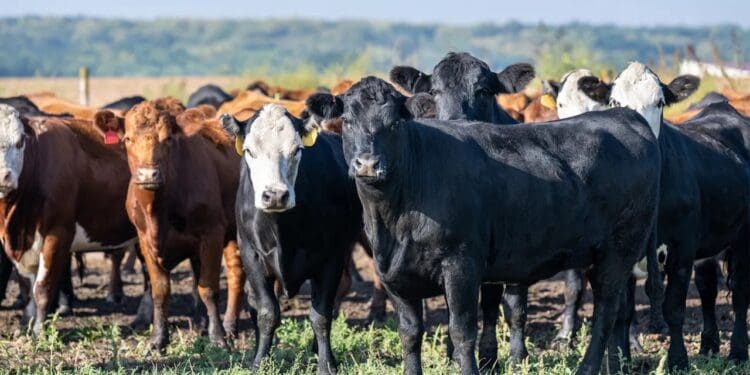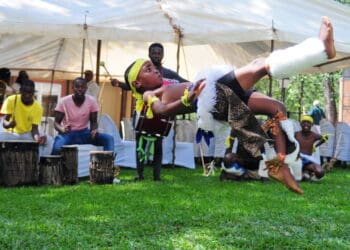Along the sandy roads of Mtubatuba in northern KwaZulu Natal, cattle farmer Celimpilo Mtshali used to round up calves every week for auctions in Zululand.
Late last month, however, he missed his first sale since he took over the family farm.
A confirmed case of foot and mouth disease (FMD) in the district put his animals under quarantine, triggering despair when his weekly income evaporated.
Building generational wealth through family businesses
Celebrating Five Years of Empowering SMMEs
An exclusive event for entrepreneurs
by Vutivi Business News
“The problem is that our businesses are dropping daily,” Mtshali explained.
“We use this income to feed our families and send our children to school. Now we are failing because we cannot sell.”
He explained that the closest dip tank is over 10km away and he has no transport to access it. “We must either walk or buy chemicals ourselves. That cost pushes us deeper into trouble.”
Mtshali is one of dozens of small-scale livestock farmers caught in the crossfire of South Africa’s worst recorded FMD outbreak in years.
The virus has spread across five provinces, including KwaZulu-Natal, Mpumalanga, Gauteng, Limpopo and North West, with the latest flare-up confirmed at Karan Beef’s massive 145,000-head feedlot in Heidelberg.
That facility slaughters about 2000 cattle daily, and its quarantine order has prompted countries such as China, Namibia, Zimbabwe and Botswana to suspend beef imports, slamming export income.
Across KZN, roughly 147 outbreaks have been confirmed.
The government has responded by ordering 900,000 vaccine doses and promising mass inoculations around affected areas.
Despite proactive biosecurity efforts, many farmers say action has been slow and support patchy.
“Farmers urgently need accurate FMD information,” said Angus Williamson of the provincial Red Meat Producers Organisation.
“Conflicting maps and unclear movement rules are causing fear and confusion,” he warned.
KwaZulu Natal’s agricultural MEC has rebuilt 2,000 dip tanks and rolled out mobile units.
Yet for small farmers like Mtshali, these efforts have come too late. With livestock movement banned in disease zones, unless animals are sent directly to designated abattoirs, economic survival has become a gamble.
Mtshali estimates that each week without sales costs his household around R2000 in feed and lost income.
For many intermediaries and transport SMEs, the pain has travelled beyond the farms.
Cattle truck drivers report double turnovers and wasted petrol as trips to auction cancel or drag on. One logistics operator told Vutivi News that their volume plunged 40% in the past month, while costs remained the same.
Consumers could also feel the pinch.
With Karan Beef under quarantine and auctions suspended, the supply of beef in major cities is expected to decrease sharply.
Importantly, FMD cannot infect humans or make them ill. But consumers may avoid beef, causing a further downturn in demand.
Biomedical experts say meat from vaccinated, culled, or quarantined animals remains safe if processed properly.
Calls are growing for KZN to be declared a disaster zone, which would unlock emergency relief such as subsidised testing, free vaccination programmes, transport support and extended compensation.
Agriculture MEC Thembeni Madlopha Mthethwa confirmed in a recent statement that vaccination drives were underway in Amajuba, eMadlangeni and surrounding areas, but acknowledged that infrastructure remained weak.
The stakes could not be higher. Small cattle farms are often the backbone of rural livelihoods—funding school fees, feeding families and supporting local township businesses.
Without swift and comprehensive aid, South Africa risks not just economic loss, but the unravelling of entire rural communities.

